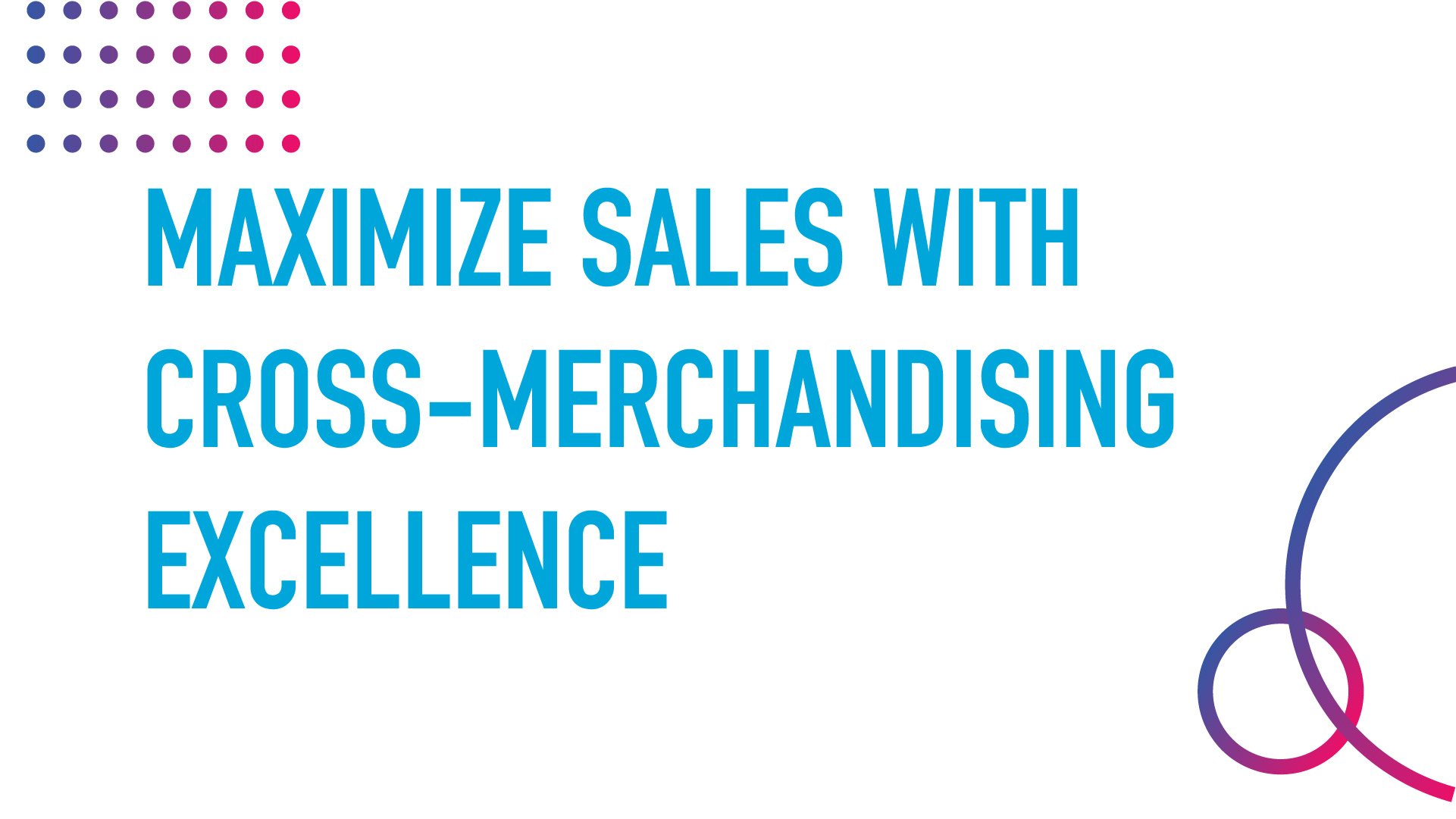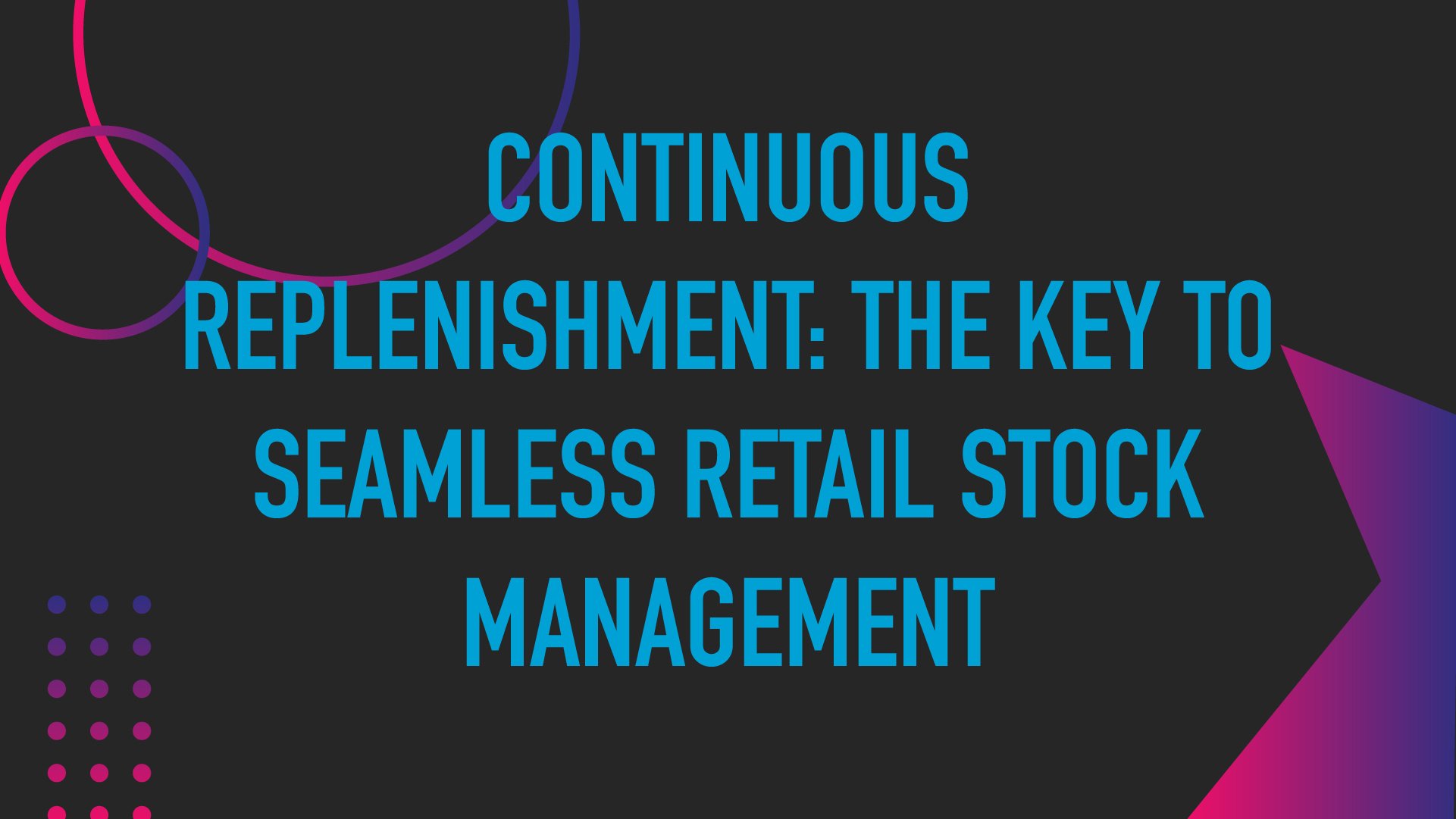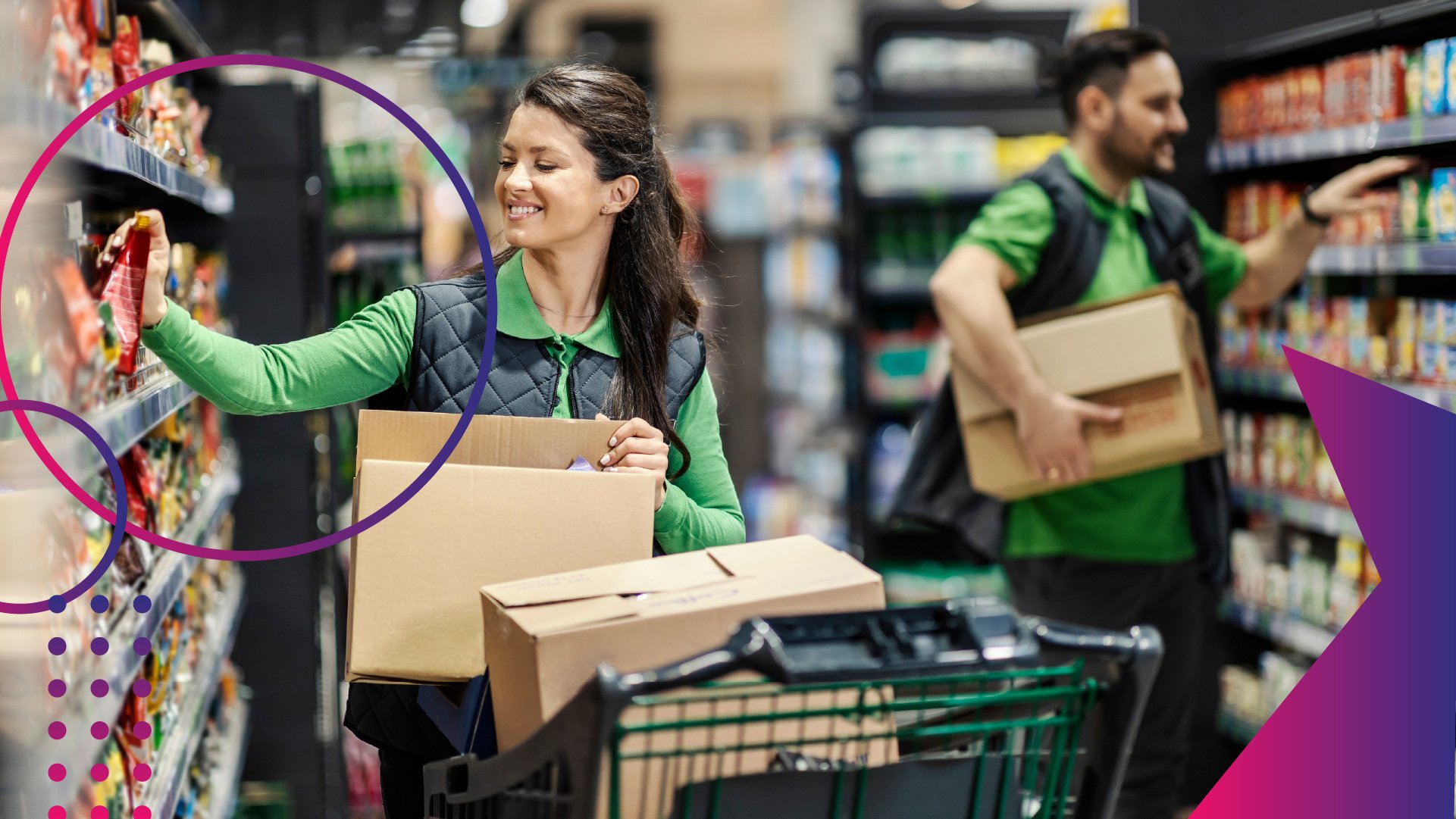The Vulnerability of Global Supply Chains: Lessons Learned and the Case for Localization


The global supply chain has long been lauded for its efficiency and cost savings, but recent disruptions have revealed its vulnerabilities. Centralized, global models, once hailed as a hallmark of stability, have faltered under the weight of modern challenges—pandemics, geopolitical tensions, and shifting consumer demands. For CPG brands, MSOs, and supply chain managers, the question is no longer if these vulnerabilities exist but how to address them effectively.
The Shift to Regionalized Supply Chains
Centralized global supply chains are struggling to meet the demands of today’s fast-paced, unpredictable market. Long lead times, reliance on distant suppliers, and limited visibility have exposed critical weaknesses, forcing companies to rethink their strategies.
Regionalized supply chains have emerged as a practical alternative. These models empower local teams to respond to specific market needs without waiting for top-down directives. Data becomes the driving force behind decision-making, enabling faster reactions to raw material shortages, fluctuating demand, or logistical delays.
Regionalization Influence
With the ability to reduce lead times by up to 50%, regional supply chains empower teams to swiftly react when shifts in demand arise while dynamically adjusting inventory and sourcing strategies to meet localized customer expectations. By decentralizing operations, companies mitigate risks of over-reliance on single suppliers or regions, reducing vulnerabilities to geopolitical or environmental disruptions. However, achieving these benefits requires robust tools that ensure visibility, deliver real-time data, and facilitate seamless integration across supply chain systems—elements essential to driving efficiency and adaptability in a regionalized model.
The Role of Smart Shelves in Localizing Supply Chains
Smart shelves bridge the gap between centralized oversight and localized execution by providing real-time data that empowers teams to act with speed and precision. Equipped with advanced sensors, machine learning algorithms, and integrated communication systems, smart shelves ensure that inventory management is proactive, not reactive.
How Smart Shelves Enable Regional Empowerment
- Real-Time Inventory Tracking: Smart shelves continuously monitor stock levels, providing immediate visibility into product availability across multiple locations. This data allows regional teams to anticipate shortages and replenish stock without delays.
- Dynamic Decision-Making: By decentralizing decision-making, smart shelves enable regional teams to adjust inventory levels based on live market data, seasonal trends, and local customer behavior.
- Scenario-Based Planning: Predictive analytics transform historical and current data into actionable insights, helping teams prepare for demand fluctuations and avoid overstock or stockouts.
Moving Toward a “Best-Cost” Model
Traditional supply chains often focus on the lowest-cost approach, prioritizing immediate savings over long-term resilience. Smart shelves enable a shift to a best-cost model, where speed, adaptability, and customer satisfaction take precedence.
- Balancing Costs with Demand: Smart shelves use real-time data to optimize stock levels, ensuring cost efficiency without compromising availability.
- Reducing Waste: Automated restocking reduces excess inventory and spoilage, particularly for perishable goods.
- Enhancing Customer Loyalty: Smart shelves help meet customer expectations consistently, fostering trust and repeat business by maintaining high on-shelf availability.
When demand for a specific product spikes in one region, smart shelves can prioritize its replenishment while reallocating stock from less active areas. This responsiveness ensures that resources are used efficiently, supporting both operational and financial goals.
Smart Shelves: Transforming Industries and Supply Chains
The future of retail depends on supply chains that are both adaptable to market shifts and efficient in execution. Smart shelves are at the forefront of this transformation, offering tailored solutions that address the unique challenges CPG brands, MSOs, and retail supply chain teams face. These systems provide the real-time visibility necessary for operational agility, empowering teams to align inventory with demand, streamline replenishment cycles, and reduce manual errors that often hinder efficiency.
Smart shelves are a game-changer in synchronizing stock levels with promotional campaigns and localized marketing efforts for CPG brands. Real-time insights ensure high-demand products are consistently available, preventing stockouts that could disrupt customer loyalty. MSOs also benefit from tools that enable them to manage diverse store networks with standardized processes while maintaining the flexibility needed to meet regional demands. This balance of consistency and adaptability ensures their operations remain cohesive without sacrificing responsiveness.
Retail supply chain teams gain significant advantages through enhanced visibility and collaboration with vendors and distributors. Smart shelves foster seamless communication and proactive decision-making by integrating data across the supply chain. Vendors can time deliveries more precisely, and distributors can optimize their routes, reducing inefficiencies that drive up costs. This interconnected ecosystem minimizes operational friction while ensuring that products are available when and where needed.
In addition to improving day-to-day operations, smart shelves support long-term resilience by enabling sustainable practices. With precise inventory management, overstock and waste—especially for perishables—are significantly reduced. This inventory visibility not only helps organizations meet environmental goals but also achieves measurable cost savings, balancing sustainability with profitability.
The implications of these advancements are reshaping retail supply chains into adaptive, data-driven networks capable of responding to rapid market changes. Whether for a localized sales surge or global supply chain disruption, smart shelves equip teams with the tools to anticipate and navigate challenges effectively.
From Vulnerability to Strength
The lessons of recent supply chain disruptions are clear: resilience must be built into every layer of operations. For CPG brands, MSOs, and retail teams, adopting smart shelf technology is not just a response to current challenges—it’s a strategic investment in the future.
As supply chains evolve, those who leverage smart shelves will gain a competitive edge, transforming vulnerabilities into opportunities. By empowering regional teams, streamlining processes, and adopting a best-cost approach, companies can confidently navigate uncertainty and deliver consistent value to their customers.
Smart shelves are more than a tool—they’re the blueprint for a resilient, customer-centered supply chain that thrives in a dynamic market.

featured content
featured content

The Importance of On-Shelf Availability in Retail: Why Keeping Items Stocked is Critical for Competitiveness in 2026
Learn why on-shelf availability is critical in today's retail store environment








